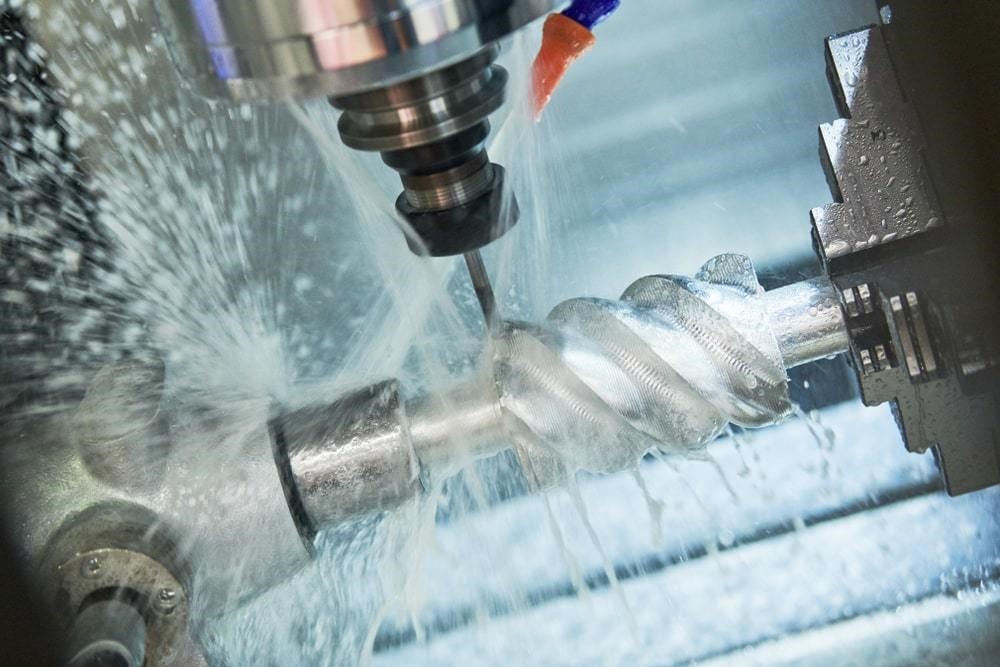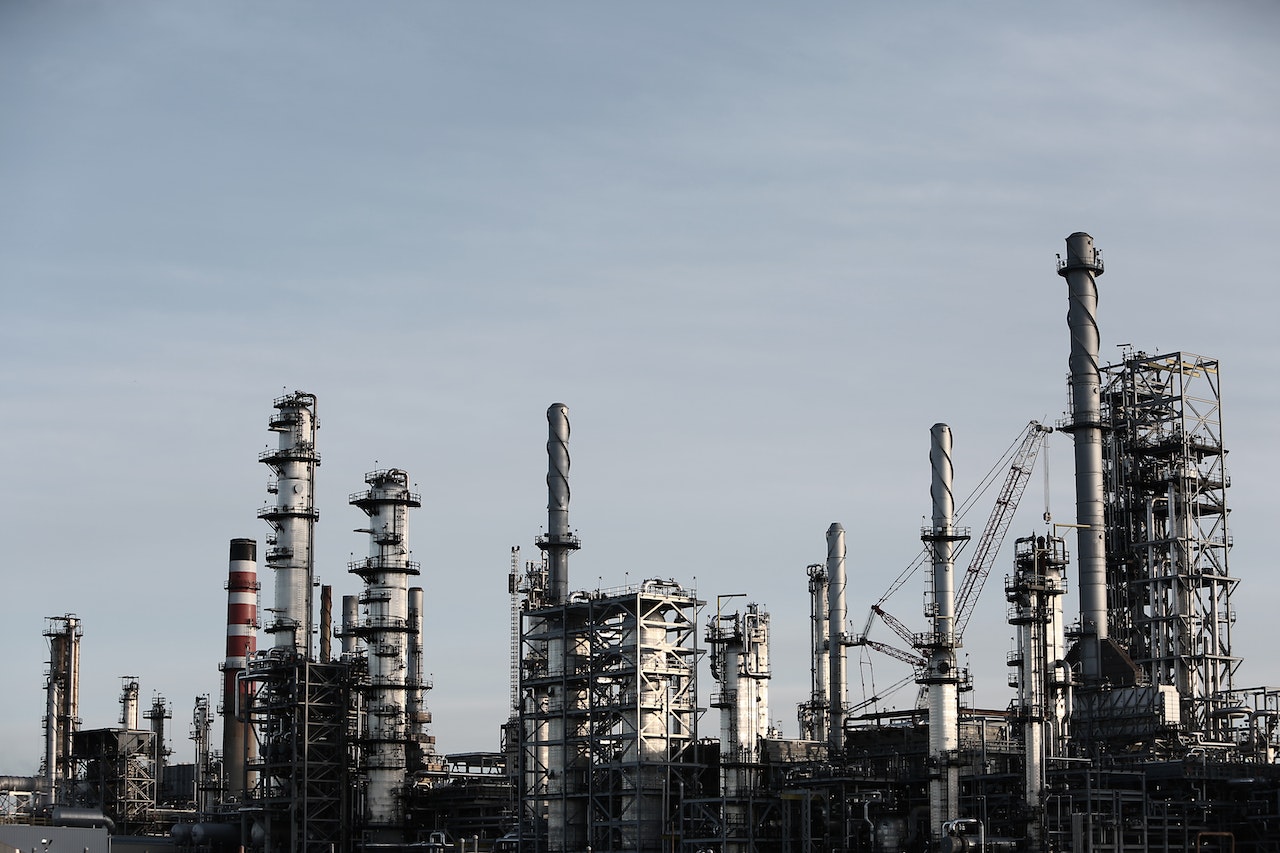The manufacturing stage of the product is a critical step in the production process’s development. This stage can either make or break the success of your product.
When it comes to manufacturing, many factors affect the cost. Almost all manufacturers agree that three factors affect the cost during the product manufacturing stage – Material, Labor, and Overhead costs. Though they are the main culprits, other factors also affect the product manufacturing stages.
The world is changing rapidly at a speed that human civilization has never experienced before. The tablet you use for browsing, watching videos, or playing games had the combined processing power of 5,000 PCs 30 years ago! So, you can see the world is changing lightning fast, and so do the people.
People want to change their wearables, smartphones, watches, and other stuff more frequently than in earlier times. Therefore on-demand manufacturing is becoming a trend in our modern market, more and more manufacturing companies are trying to provide low-volume on-demand manufacturing services.
Besides, many firms nowadays rely on the worldwide market for their products and services. The majority of startups don’t have their own manufacturing facilities. Having a solid supply chain management system could ensure products are cost-effective while satisfying quality standards. This assists companies in increasing sales and profitability.
1. Why must Businesses perceive entire Manufacturing Costs?
Doing business without knowing the manufacturing costs is more like playing “Blind” in a card-playing competition. Here we have listed some of the top reasons why manufacturers MUST know their product’s manufacturing costs.
- 3-D printers allow companies to print out almost anything they want. Though this is a slow method, it can manufacture at a lower cost than conventional manufacturing methods (For example, CNC machining)
- 3-D printers allow companies to print out almost anything they want. They also can produce very complex geometric shapes that will be too costly with other methods.
- The growth of your company’s revenue depends on how well you can manage your manufacturing costs.
- Your manufacturing costs should include all expenses associated with producing your product.
- Your competitors may offer lower prices if they don’t take into account all of their costs.
2. The terms Manufacturing costs and Production costs are Distinct.
Production costs and manufacturing costs are both important factors in determining whether a company will be successful. Production costs are the expenses that are necessary to produce a product.
Manufacturing costs are expenses that aren’t directly associated with producing a product. For example, if you’re going to buy a new car, your manufacturing costs might include the cost of buying the car itself, the cost of installing the car, and the cost of maintaining the car,

3. Direct labor costs
Direct labor cost is the sum of all the expenses related to producing a product. It includes wages, benefits, taxes, insurance, utilities, rent, etc. Direct labor costs are usually higher than indirect labor costs because they include more overhead and administrative costs.
- Overtime pay
- Profit-sharing contributions
- Health insurance
- Pension plan
- Leave entitlements
- Time in lieu
- Travel expenses
- Severance pay
When reducing and managing direct labor costs, consider these three factors.
1. Avoid overscheduling staff
Managers often underestimate how many staff will be needed for a project. This leads them to hire more than is actually required. Overstaffing wastes money and increases stress levels among workers. The software can help managers plan ahead so they don’t need extra staff.
2. Use the tools that are ideal for you
Small businesses need to use cloud-based solutions to manage their time, resources and staff. These solutions are often free or low cost, and they are easy to integrate into existing systems. Cloud-based solutions also allow you to scale your business quickly and easily. You can outsource all of your back office functions to the cloud, freeing up your time to focus on growing your business.
4. Material costs
Material costs are the cost of raw materials used to make products. They are usually the biggest part of the total cost of goods sold. Reducing material costs is one-way manufacturers can reduce their overall costs.
-
Use reusable containers whenever possible
Most companies overstock. They hope they’ll sell everything at once. Not always. You’ll have surplus stock if you overorder. You won’t be able to pay off your debts and invest in your business. It’s why business owners should order goods carefully. Use inventory software that can estimate future demand based on prior sales trends. Consider utilizing JIT. When sales increase, more stock is ordered.6. Use an escrow service
-
Redesign and review processes or products
Reviewing your manufacturing process and products can help you determine if there are any areas where you could save money. If so, you should consider changing your production methods or product designs.
Review and update Documentation
When manufacturing and producing goods, it is important to consider how much each product costs. You can do this by comparing your costs to benchmarks. This will help you decide if there is room for improvement.
5. Overhead costs
Overhead costs include everything that goes into making products. You need to consider how much it costs to run a business before deciding whether or not to cut back on any of those costs.
Business owners and managers should regularly review maintenance costs to make sure they aren’t excessive or unnecessary. This will help them plan ahead and keep an eye on future expenses.
-
Double-check your Maintenance Budget
There are other charges you should consider for your manufacturing operation. These include staff supplies, office equipment, vehicles, petrol, office cleaning services, security keys, clothing, and other charges. Check carefully for possible improvements.
Consider if you need all that stuff. If you don’t use them often, use fewer. Alternatively, if you already own a comparable item, you may be able to exchange it for a cheaper one. You can even inquire around to see what people in your social circle think about certain products.
Also read: Trending Business Ideas To Look For
Conclusion
We tried to cover most of the important factors that affect the cost during the product manufacturing stages. If you are a manufacturer we hope now you have a better idea than previous. But mere learning will not help unless you implement them in your manufacturing facilities. Follow the tips we provided and we hope your manufacturing costs will reduce dramatically.






